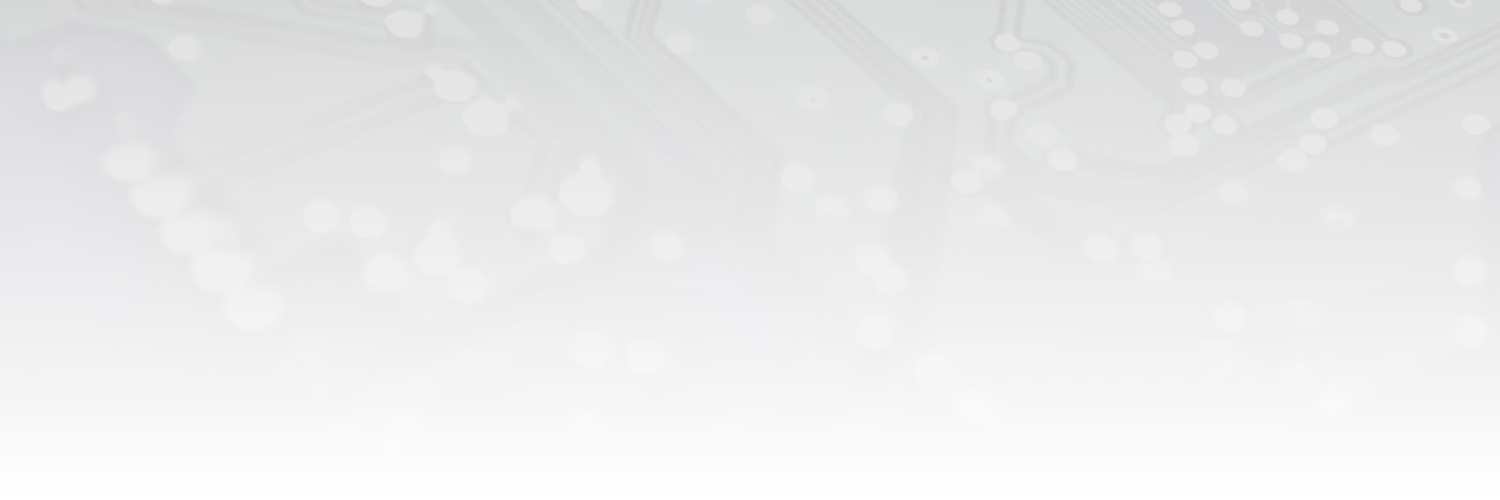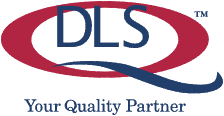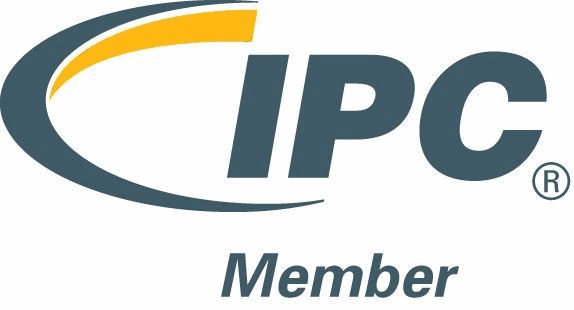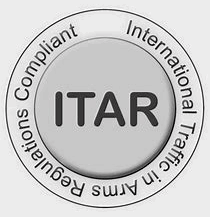The ever-evolving field of PCB design and manufacturing has historically relied on labor-intensive manual methods, such as the meticulous arrangement of through-hole circuit boards on light tables with black tape and sticky dots.
The introduction of early CAD systems revolutionized this process, greatly enhancing efficiency - but with the continuous advancement of technology, especially the emergence of small, fine-pitch surface mount components, more adaptable systems and manufacturing processes have become essential.
Advancements in PCBA Layout and Manufacturing
The advancements in PCBA layout technology were necessary to accommodate the reduction in size of components and their pin pitches. This also meant that the manufacturing processes for circuit board assemblies had to be refined to cater to the new features required by these modern components - focusing on effective soldering techniques and management of thermal requirements. In this context, selective soldering emerged as a key process, significantly enhancing soldering efficiency and quality.
Comparing Soldering Methods
When comparing soldering methods, each has its own set of advantages and disadvantages. Manual soldering remains the least restrictive but is also the most time-consuming and variable in quality, requiring skilled technicians. Automated soldering methods such as wave and reflow are capable of processing entire sides of boards free of human intervention, but they can be challenged by dense placements of SMT and through-hole components, often requiring touch-up or other manual processes. Selective soldering offers a compromise, blending the speed of automated methods with the flexibility of manual soldering. It does require a significant upfront time investment for setup, but if the production volume is there, it can pay dividends.
Selective Soldering Systems: Function and Advantages
Selective soldering systems function by soldering through-hole leads on a board or panel using a solder reservoir and pump system. This delivers molten solder to the leads from the underside of the board. The solder mechanism of these systems can move in various directions, and operators can program them for specific boards or panels, controlling solder parameters like application time and temperature.
Benefits of Selective Soldering Over Manual Hand-Soldering
Selective soldering has numerous benefits over manual hand-soldering. Manual soldering is time-consuming, even with trained technicians, and requires significant localized heating, which can prematurely age PCBs and components, impacting their long term reliability. Selective soldering, on the other hand, allows for precise manipulation of soldering variables, resulting in reliable solder joints with “unnecessary” additional heat. Operators have control over nozzle coordinates, solder application time, amount, and temperature, leading to greater precision without the need for manual soldering or potential compromise of the bare board or components. This method is particularly useful for jobs that would otherwise require hand-soldering due to design incompatibilities with wave solder systems.
Selective Soldering in Contract Manufacturing
In contract manufacturing, selective soldering is particularly useful in complex situations, such as soldering a backplane with connectors on both sides. Traditional methods would require manual soldering, a time-consuming process needing skilled technicians. Selective soldering, with its automated nozzle, completes the job more quickly and consistently.
Decision Making in Manufacturing Processes
Contract manufacturers typically prefer wave soldering for high-volume through-hole assembly due to its speed, however, if a board requires more than minor touch-up soldering post wave, selective soldering becomes the better option in terms of overall speed, accuracy, and again, reduced thermal stress on the board.
Overall, the evolution of PCBA design and manufacturing underscores the importance of embracing technological advancements to meet the demands of modern electronics. Selective soldering stands out as a pivotal process, offering a solution that marries the efficiency of automation with the precision of manual techniques. This method not only streamlines the manufacturing process but also ensures higher quality and reliability in the final product delivered to the customer.




